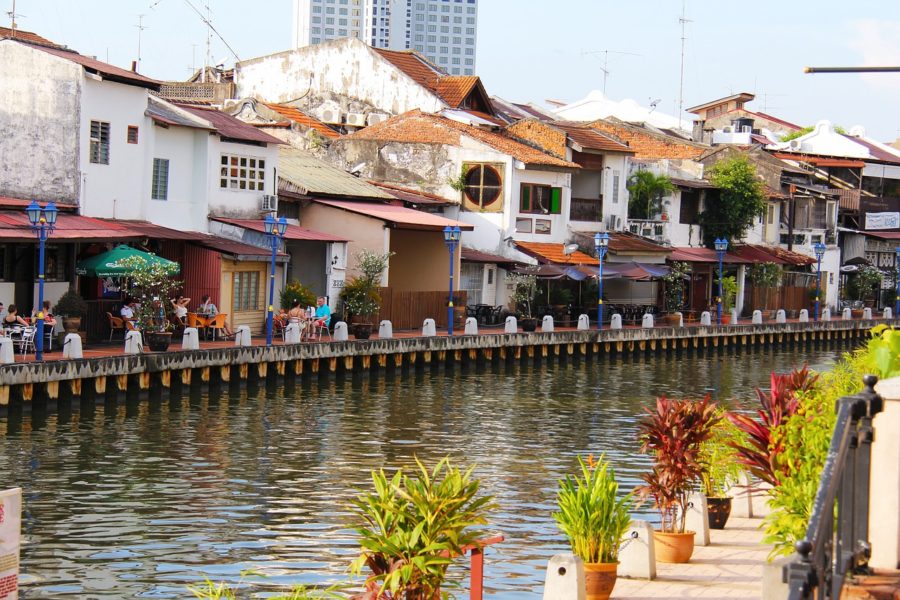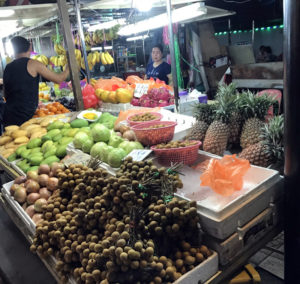In late 2016, I participated in a fantastic EdX.org course entitled ‘Vernacular Architecture of Asia: Tradition, Modernity and Cultural Sustainability’. The course is archived and still available on EdX – I highly recommend. Studying Asia’s Vernacular Architecture gave me immediate window into our new part of the world.
Vernacular Architecture in our Cities
Modern urban environments can feel quite similar from country to country, only until we explore more deeply the communities and cultures that make up the city. Vernacular architecture can define a city in a way that a monument or museum cannot. In the vernacular spaces, community and culture persist and help define what makes a city unique.
Defining Vernacular Architecture
“Vernacular architecture is an architectural style that is designed based on local needs, availability of construction materials and reflecting local traditions. At least originally, vernacular architecture did not use formally-schooled architects, but relied on the design skills and tradition of local builders” Source Wikipedia
Additional Reading: Vernacular Architecture and the 21st Century
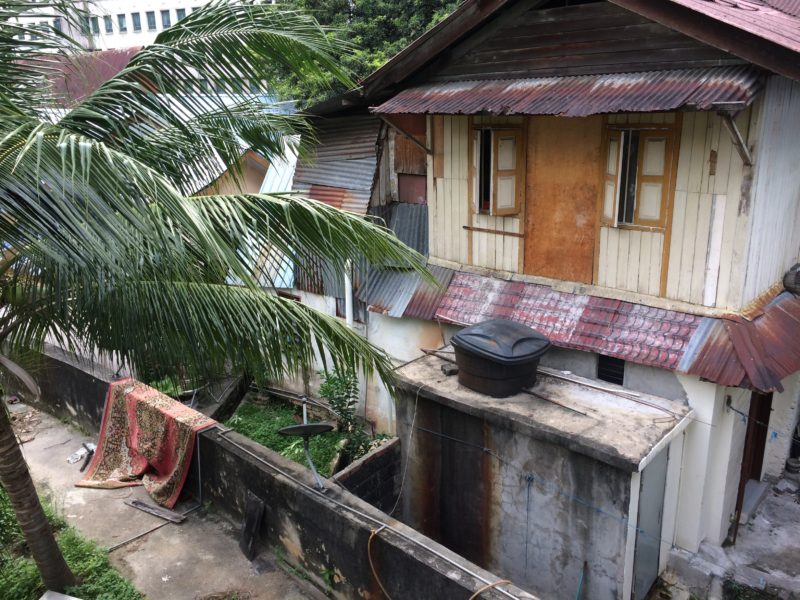
Going Deeper: Exploring Asia’s Vernacular Architecture
I have been living in and traveling around Southeast Asia (SEA) for 1 year. When I left the United States, I had no knowledge of the Asia’s Vernacular Architecture. I wrongly assumed that people grouped together in informal settlements such as Chinatown, Indian Town, Muslim Quarters and European Quarters preferred to surround themselves with others of a similar culture. What I have come to understand is that groups of people with a similar culture form sectors in a city to earn a living as well as to preserve their ethnic, religious and cultural traditions.
Southeast Asia’s Vernacular Areas we Visited
In the past year, I have gained understanding of various communities around me and find myself drawn to the spaces that typify vernacular architecture. The idea of shop houses as a social unit as well as an economic unit fascinates me, imaging what it would be like working and living in the same building day after day.
- Blair Road in Singapore
- Kampong Baru, Kuala Lumpur
- A restored Malaysian house in Kuala Lumpur
- Georgetown, Malaysia
- Melaka, Malaysia
- The Jettys in Brunei
- Rajasthan, India
- Kerala, India
- Cochin, India
- Dhobi Ghat in Mumbai
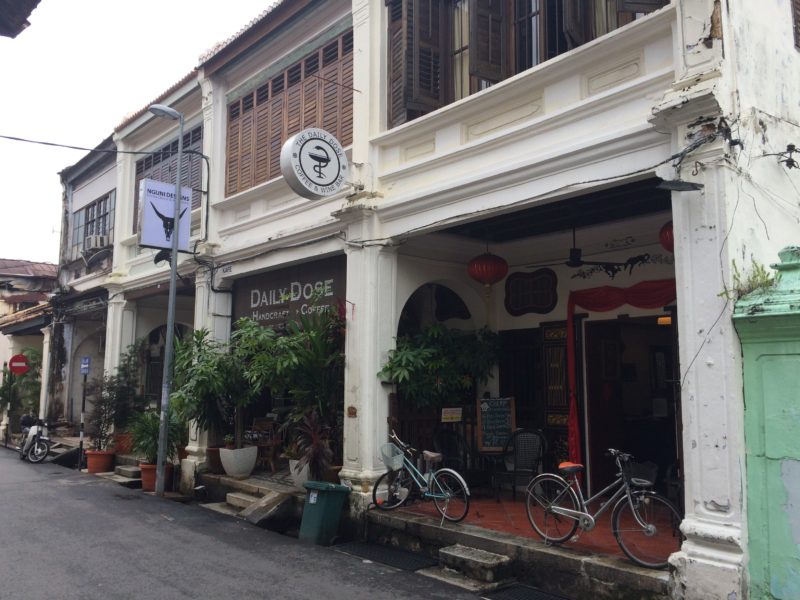
What Our Kids are Learning
Our children convey a deeper understanding, greater empathy and deeper connection to the cities we visit in Southeast Asia because of our discussions about formal and informal settlements and the people that dwell and work in these communities.We have seen settlements in Malaysia, India and Sri Lanka whose populations likely face land tenure or ownership issues. Happily, there are cities 1 that are finding solutions to bring city services, stability and improved housing situations to those living in informal settlements. 2
Our Discussions
What it would be like to live in a home that might be taken from your family by the time you returned home from school?
What would it be like to be kid living in an informal settlement that lacked proper water for drinking, showers and toilets?
Vernacular Areas around the World
Africa
- Kenya (Kibera)
Australia
- Maling Road, Melbourne
Brazil
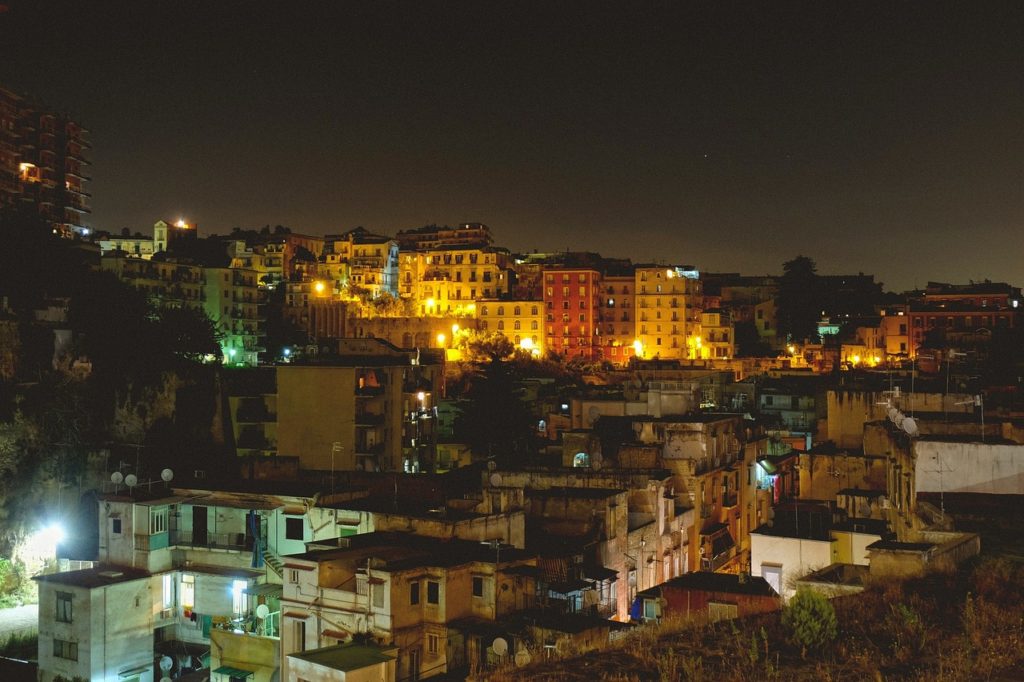
Cambodia
- Angkor Wat
China
- Diaolou buildings in Kaiping
- Macau (St. Anthony’s Church; Ruins of St. Paul’s,
- Hong Kong (Stanley; Kau Wah Keng Old Village; Central Mid Levels Escalator and Walkway System)
- Shanghai
- China Academy of Art (Xiangshan Campus, Ningbo Museum, Zhuantang Town, Hangzhou City (Wang Shu, Amateur Architects)
- Tulou, Fujian (Heritage)
- Chaozhou (Heritage)
- Guangzhou
- Kwong Yuen Estate, Hong Kong
- Wan Chai, Hong Kong
- Guiyang
- Fire Dragon Festival (Tradition)
- Miao Village, Guizhou
- Lunar New Year Celebration (Tradition)
- William Tang’s House
- New Territories, Hong Kong
- Ancient City of Pingyao, Shanxi
- Lou Lim Ieoc garden, Macau
- Laochengxiang (老城廂) and Longchang Apartment (隆昌公寓) in shanghai
India
- Udaipur
- Rajasthan (Jodhpur) Visited
- Kerala Visited
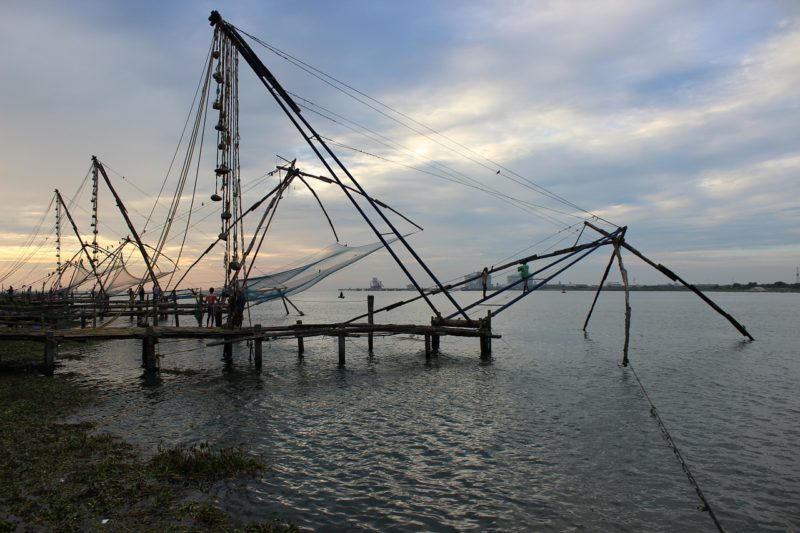
Kerala India – Chinese Fishing Nets - Cochin Visited
- Dharavi, Mumbai
- Dhobi Ghat, Mumbai Visited
- Jaisalmer
- Khajuraho
- Ahmedabad
- Delhi Visited
- Hyderabad
- Raxaul
- Belapur, New Bombay (Incremental Housing)
- National Crafts Museum, New Delhi designed by Charles Correa
- Jawahar Kala Kendra in Jaipur
- Kanchanjunga Apts in Mumbai
- Pushkar
- Madhya Pradesh
- Kanchipurim
- Varanasi
Indonesia
- Java – Soko Guru, a pavilion model with four principal columns
- Sumatra
- Tana Toraja
Japan
- Tokyo (Edo-Tokyo Open Air Architectural Museum; Yokohama Red Brick Warehouse)
- Areas: Marunouchi, Shibuya, Shinjuku, Ueno
- Houses on smaller streets
- Yonogo
- Kyoto
- Kobe (Chinatown)
- Takayama
- Matsue
- Mie
- Inuyama Castle
- Nikko Toshogu
- Fukuoka
- Aso Shrine (Heritage)
- Tulle, Fujian
- Nara
- Tenjin Festival, Osaka, Japan (As it relates to Traditions)
- Gokayama
- Shirakawa-go
- Shitamatchi Museum
Korea
- Seoul
- Inchelon
Laos
Malaysia
- Melaka (Visited)
- Kampung Baru, Kuala Lumpur Visited
- Chinatown, Kuala Lumpur Visited – Read More about KL’s vernacular architecture
- Penang / Georgetown, Clan Jetty Visited

Architecture Penang Malaysia - Cameron Highlands
Mongolia
Myanmar
- Yangon
- Shan State
Nepal
- Bhaktapur
- Kathmandu Valley
- Bardia
- Patan
Pakistan
- Rawalpindi
Philippines
- Manila
- Banaue (Heritage)
- Bangaan Village
Singapore
- Koon Seng Road
- Blair Road Visited
Taiwan
- Taipai
Thailand
- Bangkok (Chinatown)
- Phuket Visited
Turkey
- Istanbul
United States
- Santa Fe, New Mexico (Adobe Houses: Santa Fake)
- Avis Ranch, Montana
Vietnam
- Ho Chi Minh Visited
- Hoi An
- Hanoi
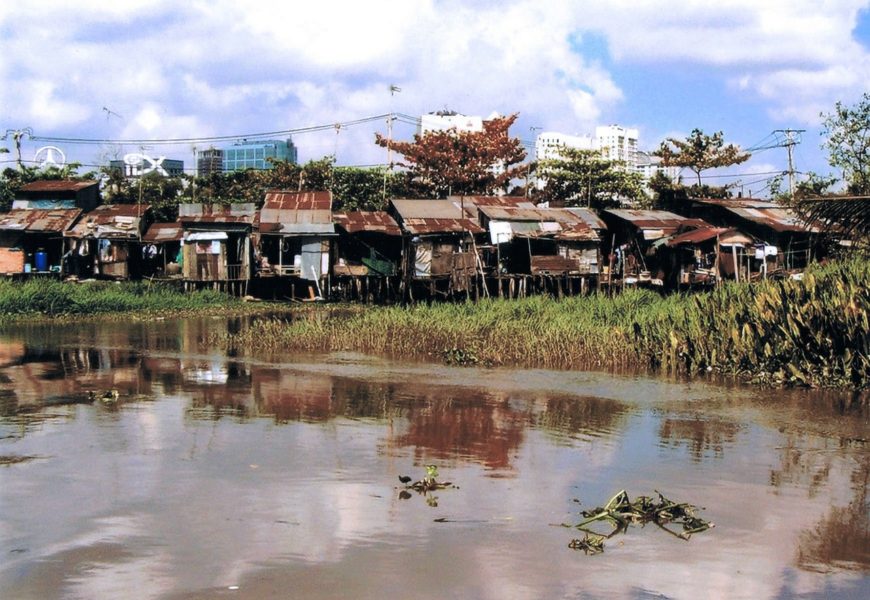
Asia’s Vernacular Architecture – the Instructors
As a final word, I would like to thank the following for a wonderfully informative series on Asia’s Vernacular Architecture.
- Professor David P. Y. Lung, Architect, Professor of Architecture, and Lady Edith Kotewall Professor in the Built Environment
- Professor Howard Davis, Patricia Fels, Architect / Conservationist
- Dr. Ruffina Thilakaratne, Ph.D. Architecture University of Hong Kong
- Transformation of Slum and Squatter Settlements: A Way of Sustainable Living in Context of 21st Century Cities
- Squatter Settlements at CoolGeogroaphy

